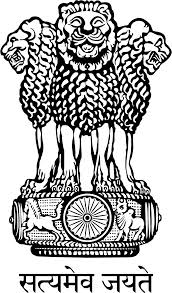Vectors of Japanese Encephalitis in India
BackJapanese encephalitis virus isolation has been made from a variety of mosquito species. Culicine mosquitoes mainly Vishnui group of Culex (Culex tritaeniorhynchus, Culex vishnui and Culex pseudovishnui etc.) are the chief vectors of JE in different parts of India. Culex vishnui subgroup is very common, widespread and breed in water with luxuriant vegetations mainly in rice field and the abundance of vectors is related to rice cultivation, shallow ditches and pools. These vectors are primarily outdoor resting in vegetation and other shaded places but in summer may also rest in indoors.
Japanese encephalitis virus isolation has been reported from various mosquito species found in India, including:
- Culex tritaeniorhynchus
- Culex vishnui
- Culex pseudovishnui
- Culex bitaeniorhynchus
- Culex epidesmus
- Culex fuscocephala
- Culex gelidus
- Culex quinquefasciatus
- Culex whitmorei
- Anopheles barbirostris
- Anopheles paeditaeniatus
- Anopheles subpictus
- Mansonia annulifera
- Mansonia indiana
- Mansonia uniformis


























